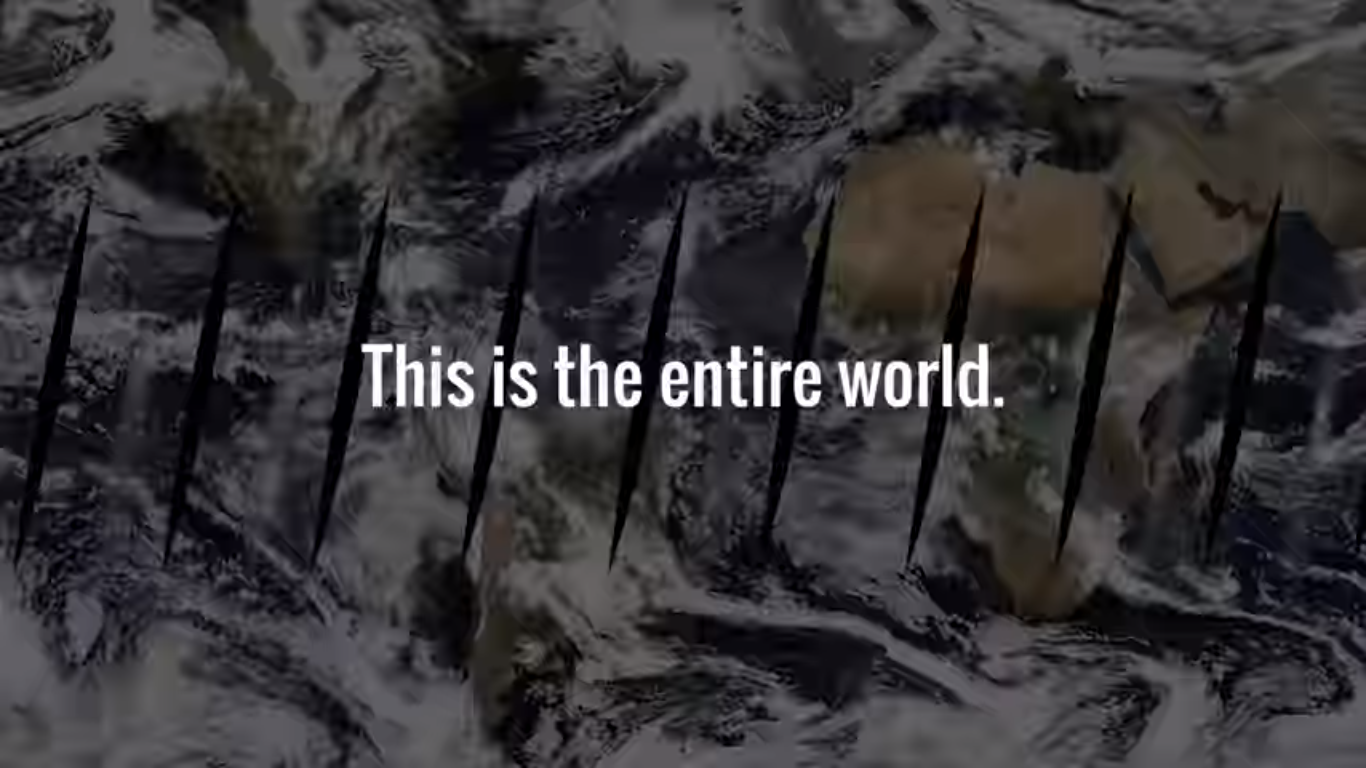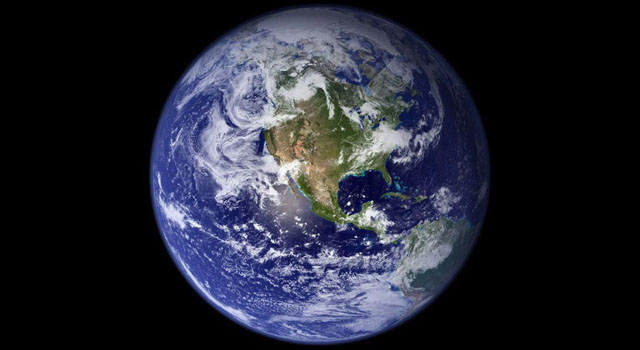Incredible NASA Video Crams 20 Years of Earth's Weather Into 2 Minutes
You can now watch almost two decades of weather patterns on Earth thanks to an incredible video from NASA.
The 2-minute, 17-second video, based on data from NASA's Worldview tool, shows how weather on Earth has changed between 2000 and 2018, highlighting some of the planet's most dramatic weather moments.
The imagery comes from NASA's Moderate Resolution Imaging Spectroradiometer (MODIS) instrument aboard NASA's Terra and Aqua satellites, which launched in 1999 and 2002, respectively, observing weather patterns on Earth for almost 20 years. MODIS became operational in 2000, and ever since, the instrument has provided imagery through NASA's Global Imagery Browse Services (GIBS), which can be viewed in NASA's Worldview tool.
Using the Worldview interactive interface, you can explore satellite imagery easily in your web browser. You can even specify within Worldview to see everything from fires to dust storms. Imagery from MODIS is now available in Worldview, which debuted in 2012 and has dramatically increased access to imagery data, NASA officials said in a statement.

Satellite images of weather patterns are helpful for a number of reasons, and in 2016 and 2017, they allowed researchers to observe the California wildfires, as you can see in the video above. Also seen in the video is how this technology allows us to observe air quality and dangerous levels of smoke and haze.
Get the Space.com Newsletter
Breaking space news, the latest updates on rocket launches, skywatching events and more!
"In the '80s and '90s, if you wanted to look at, say, clouds off the coast of California, you had to figure out the time of year when it was best to look at these clouds, then place a data request for a specific window of days when you thought the satellite overflew the area," Santiago Gassó, an associate research scientist with NASA's Goddard Earth Sciences Technology and Research program at Morgan State University in Baltimore, said in the statement.

"You would get a physical tape with these images and have to put this into the processing system," he added. "Only then would you know if the image was usable. This process used to take from days to weeks."
The new imagery helps to overcome that challenge.
"Now, you can look at images for days, weeks and even years in a matter of minutes in Worldview, immediately find the images you need and download them for use," Gassó said. "It's fantastic!"
Email Chelsea Gohd at cgohd@space.com or follow her @chelsea_gohd. Follow us @Spacedotcom, Facebook and Google+. Original article on Space.com.
Join our Space Forums to keep talking space on the latest missions, night sky and more! And if you have a news tip, correction or comment, let us know at: community@space.com.

Chelsea “Foxanne” Gohd joined Space.com in 2018 and is now a Senior Writer, writing about everything from climate change to planetary science and human spaceflight in both articles and on-camera in videos. With a degree in Public Health and biological sciences, Chelsea has written and worked for institutions including the American Museum of Natural History, Scientific American, Discover Magazine Blog, Astronomy Magazine and Live Science. When not writing, editing or filming something space-y, Chelsea "Foxanne" Gohd is writing music and performing as Foxanne, even launching a song to space in 2021 with Inspiration4. You can follow her on Twitter @chelsea_gohd and @foxannemusic.









